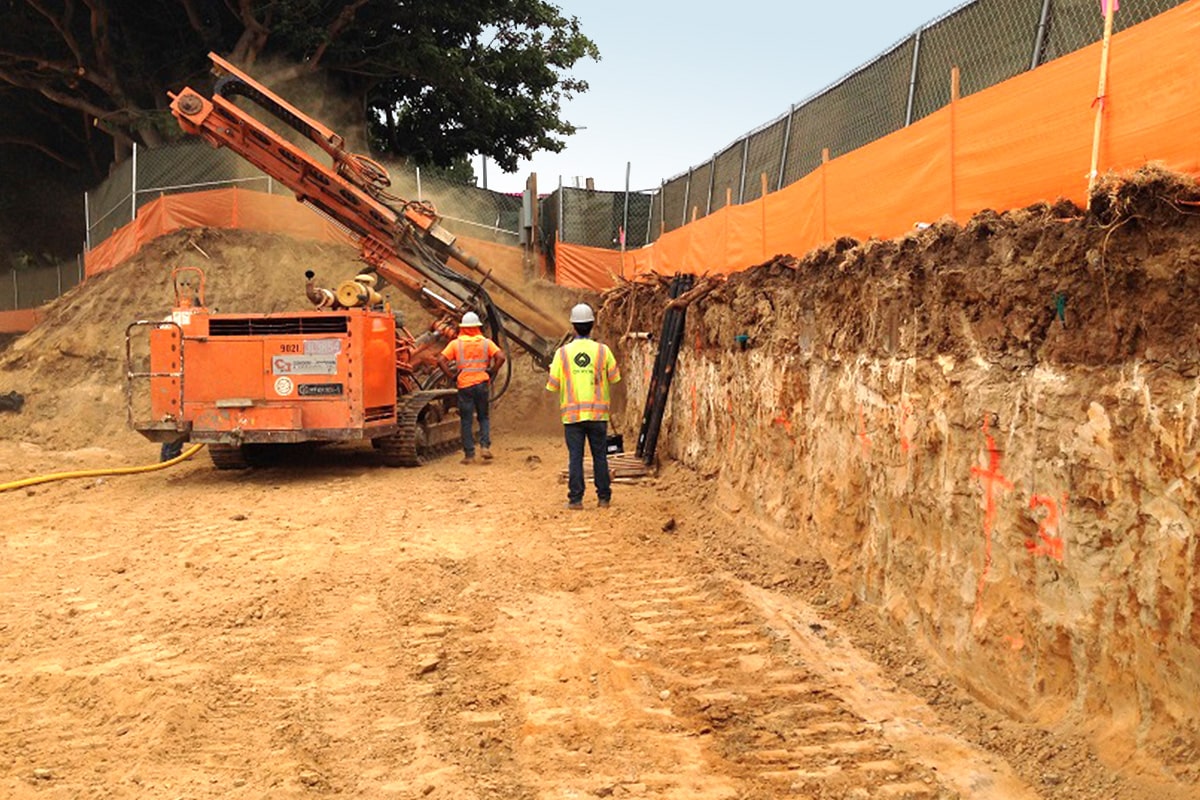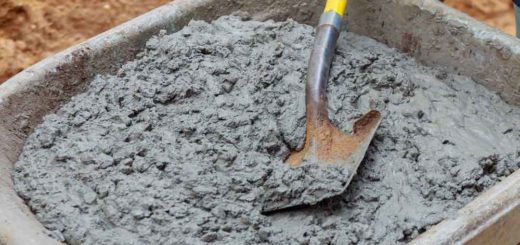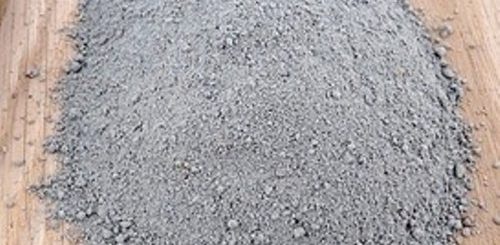Cohesion of Soil | Geotechnical Engineering
Soil cohesion plays a vital role in geotechnical engineering and construction projects. It refers to the internal strength or bonding between soil particles that enables the soil to resist shear forces. Understanding cohesion is essential for designing stable foundations, retaining walls, and slopes. This article will explore the concept of soil cohesion, its measurement, impact on engineering, methods to enhance cohesion, and its relationship with environmental factors.
Cohesion is a fundamental property that influences the behavior of soil masses. It refers to the ability of soil particles to stick together due to intermolecular forces, such as Van der Waals forces and chemical bonding. Cohesion is primarily observed in cohesive soils, which are composed of fine particles like silt and clay. This adhesive property allows cohesive soils to resist shear stress and maintain stability.
Cohesion is of significant importance in geotechnical engineering. It affects the stability of slopes, embankments, and foundations, and it plays a crucial role in various construction activities. Understanding the factors influencing soil cohesion and methods to enhance it is essential for ensuring the safety and durability of infrastructure projects.
Factors Affecting Soil Cohesion
Several factors influence the cohesion of soil. Understanding these factors helps in assessing the soil’s behavior and stability. The following factors have a direct impact on cohesion:
Soil Composition
The mineralogical composition of soil greatly affects its cohesion. Cohesive soils, such as clay and silty clay, have a higher proportion of fine particles that provide better cohesion compared to non-cohesive soils like sand. The presence of minerals like montmorillonite and kaolinite enhances cohesion due to their high plasticity and cation exchange capacity.
Soil Moisture Content
Soil moisture content significantly influences cohesion. Cohesive soils tend to exhibit higher cohesion when they are in a partially saturated state. As the soil dries out or becomes completely saturated, cohesion decreases. Optimal moisture content is crucial for maintaining soil cohesion and stability.
Soil Particle Size and Shape
The particle size and shape of soil grains also affect cohesion. Smaller particles, such as clay and silt, have a larger surface area, allowing for more contact points and stronger inter-particle bonds. Additionally, irregularly shaped particles create interlocking structures that enhance cohesion. In contrast, larger particles, like sand, have less surface area and fewer contact points, resulting in lower cohesion.
Measurement of Soil Cohesion
To quantify soil cohesion, various laboratory tests are performed. These tests help engineers and researchers understand the behavior and strength of cohesive soils. The following are some commonly used tests to measure soil cohesion:
Direct Shear Test
The direct shear test determines the shear strength and cohesion of soil samples. It involves applying a normal load and a horizontal shear force to a soil specimen and measuring the resulting displacement and forces. By analyzing the test results, engineers can determine the shear strength parameters, including cohesion and angle of internal friction.
Triaxial Shear Test
The triaxial shear test is another method to evaluate the shear strength properties of soil, including cohesion. It subjects a cylindrical soil sample to different stress conditions and measures the deformation response. The test provides valuable information on the stress-strain behavior, strength, and cohesion of cohesive soils.
Unconfined Compression Test
The unconfined compression test is primarily used for cohesive soils. It involves applying a vertical compressive force to an unconstrained soil sample until failure occurs. The test measures the compressive strength and cohesion of the soil. It is a simple and widely used test to assess the behavior of cohesive soils.
Where to Use Soil Cohesion in Engineering Applications
Soil cohesion plays a critical role in various engineering applications. Understanding its significance is crucial for designing safe and stable structures. The following are some areas where soil cohesion is of utmost importance:
- Stability of Slopes and Embankments
Cohesion is a vital factor in slope stability analysis. Slopes made up of cohesive soils rely on soil cohesion to resist shear forces and prevent slope failures. The cohesive strength of the soil determines its stability against gravity-induced movements, such as landslides. Proper assessment of soil cohesion is essential for slope stability analysis and design of appropriate stabilization measures.
- Bearing Capacity of Foundations
When designing foundations, engineers consider the cohesive strength of the soil to ensure adequate load-bearing capacity. Cohesive soils with higher cohesion can support greater loads without excessive settlement or failure. Understanding the cohesive properties of the soil helps in determining the appropriate foundation design and ensuring the long-term stability of structures.
- Retaining Wall Design
Retaining walls provide support and prevent soil movement in areas with significant elevation changes. The cohesion of the soil behind the retaining wall is crucial for its stability and overall performance. Soil with higher cohesion offers better resistance against lateral pressure, minimizing the risk of wall failure. Engineers consider soil cohesion while designing retaining walls to ensure their structural integrity.
Effects of Cohesion on Construction
Soil cohesion significantly impacts various construction activities. Understanding its effects is crucial for efficient project management and ensuring long-term stability. The following are some areas where soil cohesion plays a vital role:
- Excavation and Trenching
During excavation and trenching, the stability of the soil walls is crucial to prevent collapse and ensure worker safety. Cohesive soils with higher cohesion tend to maintain their shape and stability, reducing the risk of cave-ins or sidewall failures. Proper assessment of soil cohesion helps in determining appropriate safety measures and excavation techniques.
- Earthwork Operations
Earthwork operations, such as cut and fill operations, rely on soil cohesion for stability and support. Cohesive soils with sufficient cohesion can retain their shape, preventing excessive settlement or deformation. This is particularly important when constructing embankments, roadways, and other earthwork structures.
- Soil Erosion Control
Soil cohesion also plays a role in preventing soil erosion. Cohesive soils are less prone to erosion as their particles stick together, providing resistance against the erosive forces of water and wind. Maintaining soil cohesion through appropriate soil stabilization methods and vegetation cover helps in preserving the integrity of slopes, embankments, and exposed soil surfaces.
Soil cohesion is a crucial property that influences the stability and performance of cohesive soils in various engineering applications. Understanding the factors affecting cohesion, measuring it accurately, and considering its role in construction projects are essential for ensuring safety, stability, and long-term durability. By enhancing soil cohesion through proper techniques and considering environmental factors, engineers can design structures that withstand the challenges posed by cohesive soils.
FAQs
Q: How does soil cohesion affect slope stability?
A: Soil cohesion provides the internal strength that enables cohesive soils to resist shear forces. Higher cohesion contributes to greater slope stability by preventing soil movement and slope failures.
Q: Can soil cohesion be increased in sandy soils?
A: Sandy soils typically have lower cohesion due to their particle size and shape. However, it is possible to improve soil cohesion in sandy soils through stabilization techniques such as the addition of chemical binders or compaction methods.
Q: What are some common soil stabilization methods?
A: Common soil stabilization methods include chemical stabilization using binders like cement or lime, mechanical stabilization through compaction or densification, and biological stabilization using vegetation cover.
Q: Does soil cohesion vary with different soil types?
A: Yes, soil cohesion varies with different soil types. Cohesive soils, such as clay and silty clay, generally exhibit higher cohesion compared to non-cohesive soils like sand.
Q: How does soil moisture content affect soil cohesion?
A: Soil moisture content plays a significant role in soil cohesion. Optimal moisture content enhances cohesion, while excessive moisture or extreme dryness can reduce cohesion and compromise soil strength.




